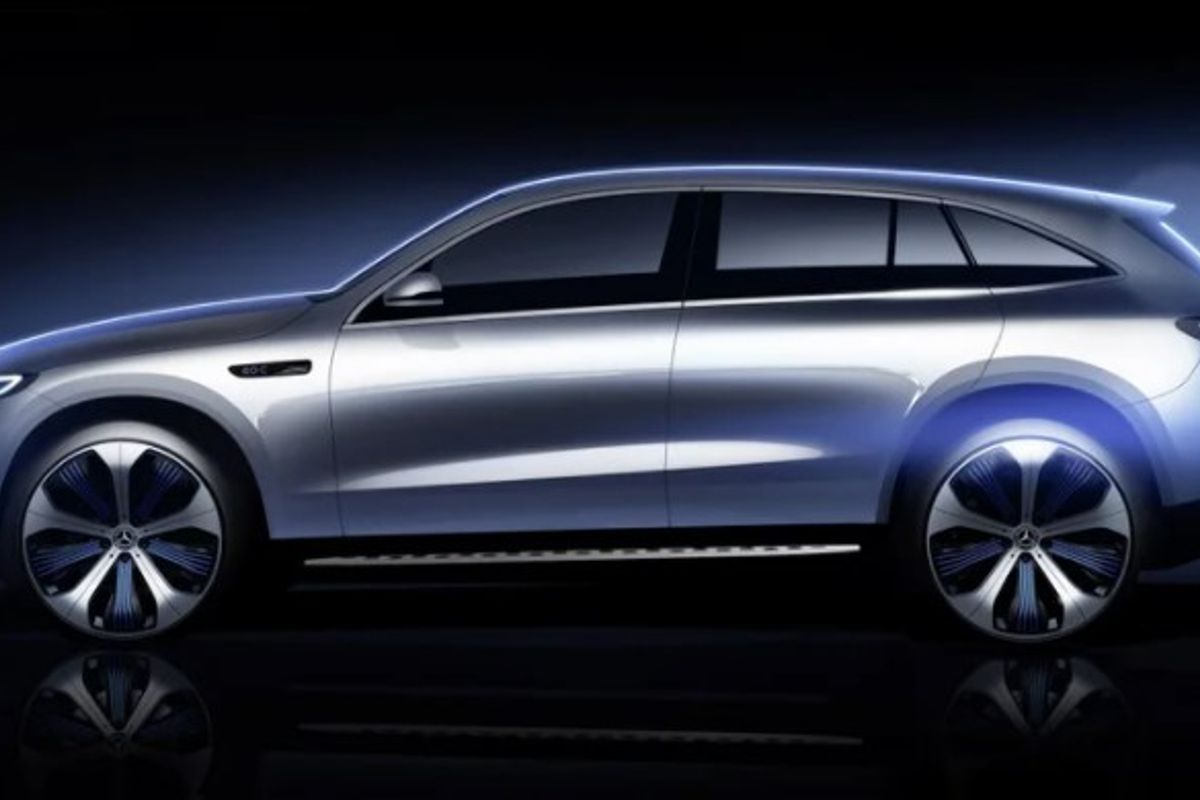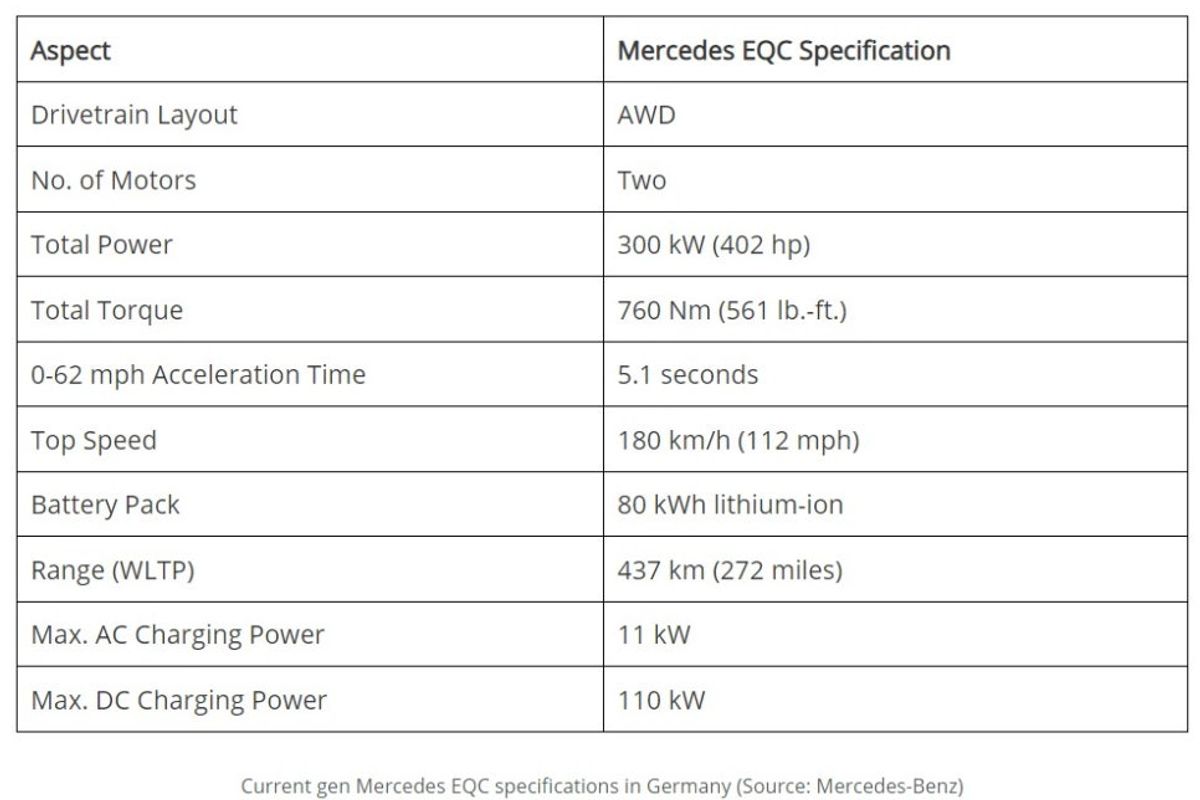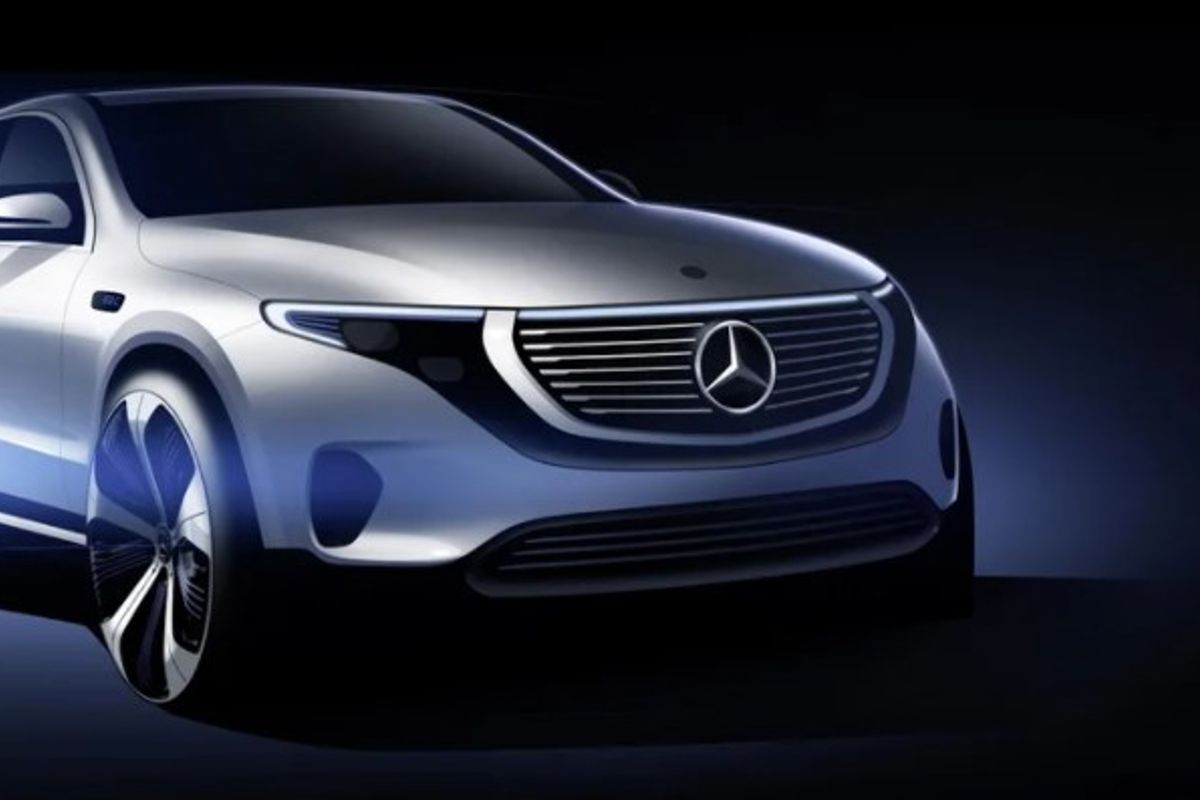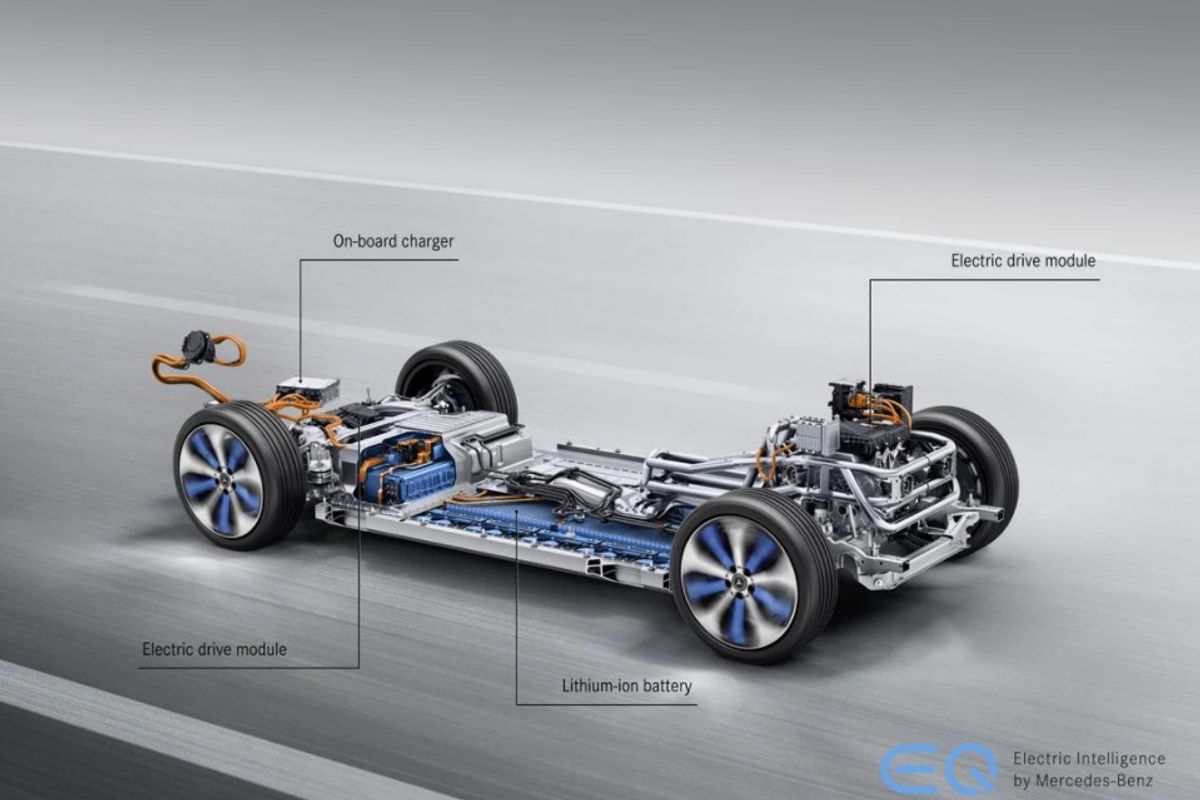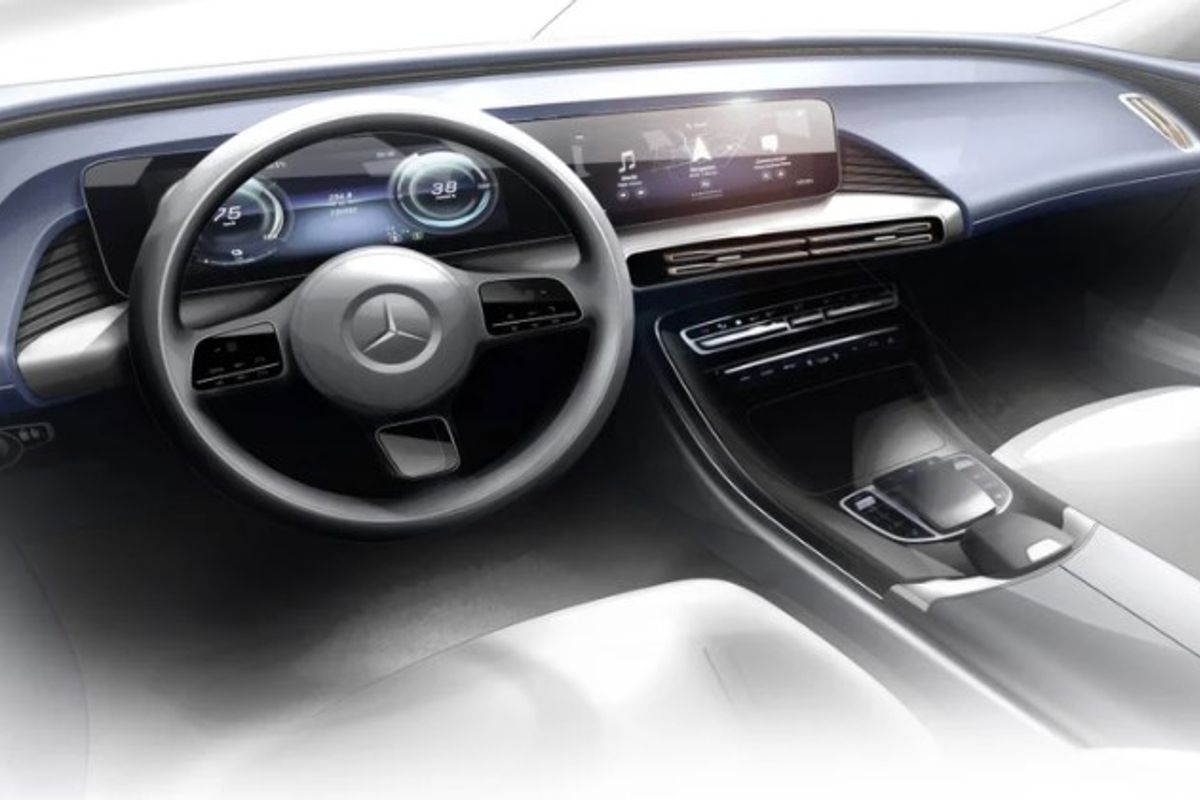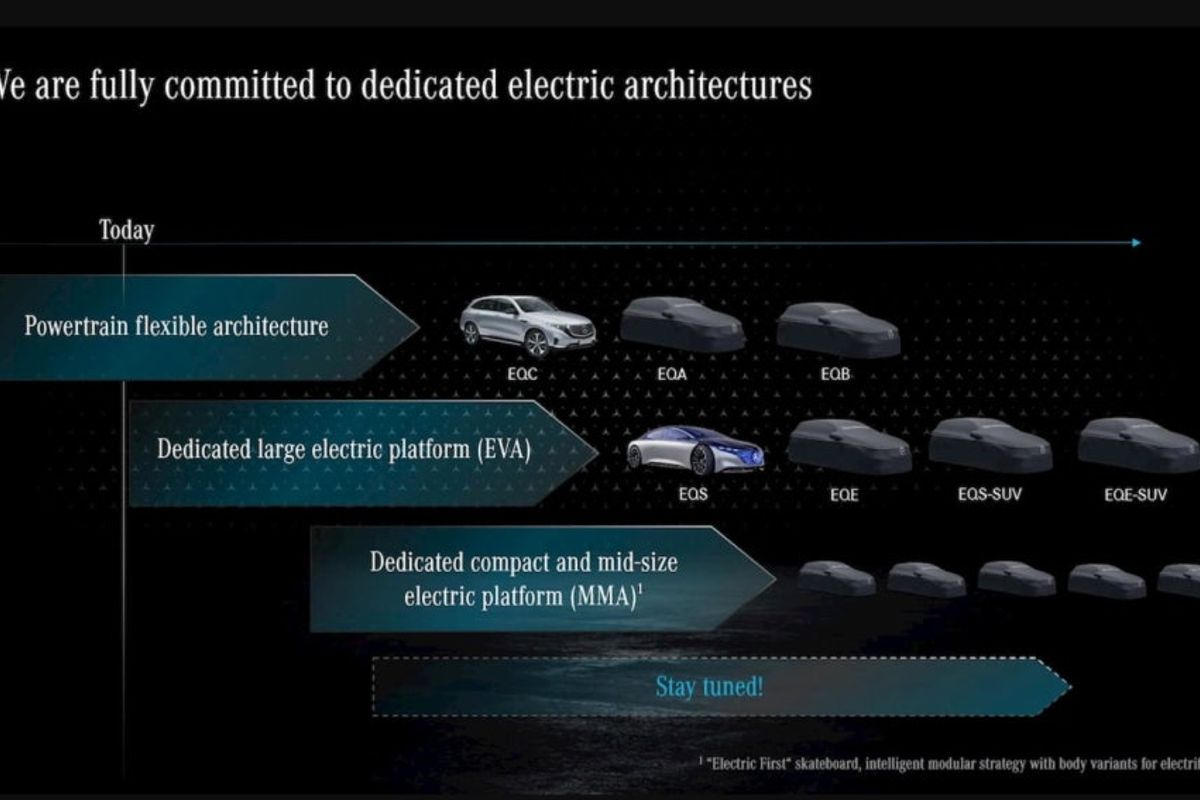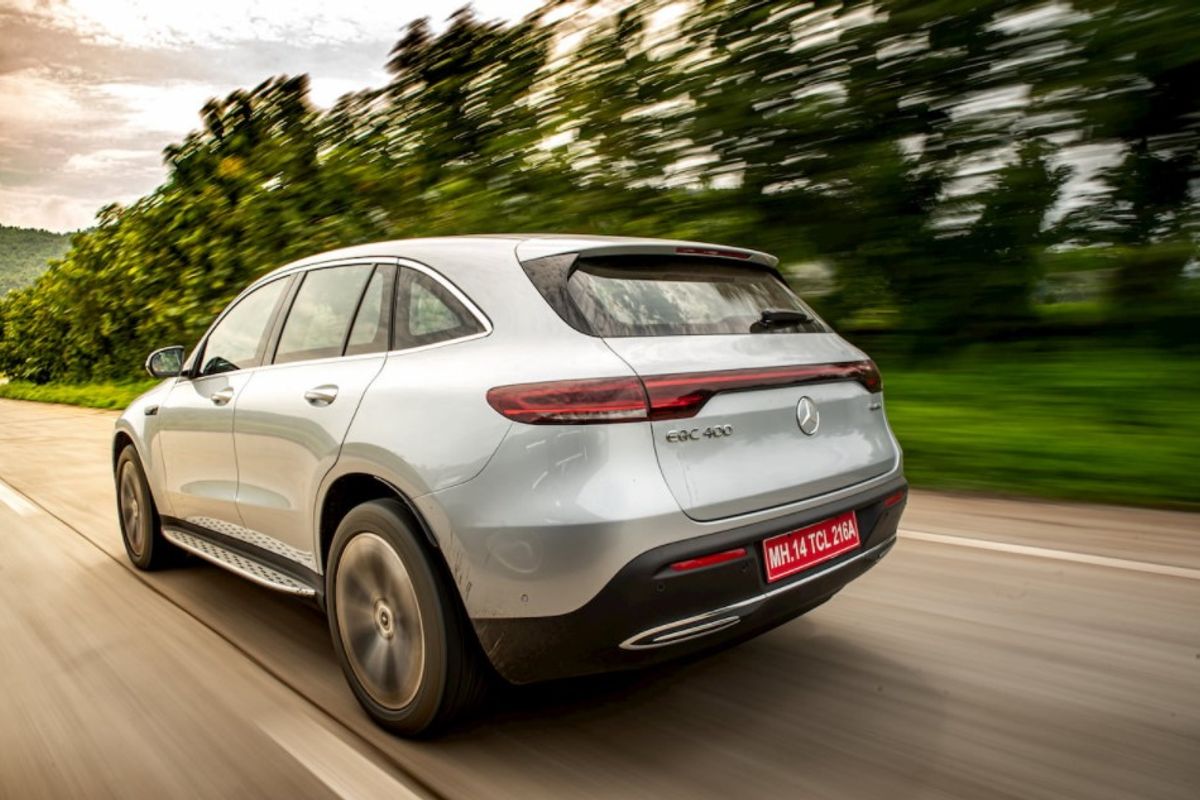Mercedes-Benz has announced the development of the second generation EQC and the EQE AMG. The original EQC, which was Mercedes' first electric vehicle, is set for a generational update, expected to launch in 2025. Due to its reliance on an internal combustion engine platform, the EQC faced some limitations. The price for the EQC 400 reaches approximately $7,100 (9,500,000 KRW).
The full-time all-wheel drive offers a range of 192 miles on a single charge. The battery pack has an 80 kWh capacity, with an electric motor producing a maximum output of 404 horsepower and a peak torque of 560 lb-ft. The top speed reaches 112 mph, and it accelerates from 0 to 60 mph in 5.1 seconds. The efficiency stands at 3.2 miles per kWh. When compared to the new EQE, the EQC shows a notable difference in efficiency; the EQE achieves 3.9 miles per kWh and a range of 410 miles on a single charge. While these figures are based on European standards, significant differences would likely arise even under domestic certification. Although the EQE's battery pack differs, the disparity in range is substantial.
Although the EQC marked the beginning of Mercedes-Benz's electric vehicle brand, it now suffers from poor sales. From January to September of this year, cumulative sales in Korea totaled just 341 units, with only four units sold between July and September, indicating a serious decline. In contrast, the Mercedes-Benz EQA faces high demand due to limited availability. Despite similar ranges, the EQA offers better value for performance. Consequently, the EQC has struggled to find a market in the U.S., relying solely on European sales. To compete with new models from rivals, Mercedes plans to launch the second-generation EQC in 2025.
The new EQC will develop on the MMA platform, which stands for Mercedes-Benz Modular Architecture. This new platform will serve the C-Class and compact and small electrified vehicles. It is designed to accommodate both electric and internal combustion vehicles. With this dedicated platform, the capacity for batteries and powertrains is expected to increase. By 2025, battery energy density will rise significantly, offering a range that will surpass current levels. The electric version of the Mercedes-Benz C-Class, which shares this platform, will debut around the same time as the EQC. Both the EQC and the C-Class electric vehicle will develop on the MMA platform.
Examining the MMA platform further reveals similarities to the e-GMP, supporting a maximum charging speed of 350 kW, allowing for a full charge in just 20 minutes. The previous DC fast charging speed for Mercedes-Benz production EVs was 110 kW, nearly doubling with the new platform. The EQS can charge at a maximum of 200 kW via DC fast charging, providing a range of 186 miles with just a 15-minute charge. The powertrain for the MMA platform, known as eATS 2.0, features a silicon carbide inverter and operates on an 800V architecture. It utilizes a radial permanent magnet motor. The next-generation battery pack will aim for an energy density of 900 Wh/L, up from the current maximum of 550 Wh/L, with a total energy content allowed up to 111 kWh. International reports have highlighted the advantages of the MMA platform.
- Excellent range: likely refers to driving distance.
- 800V charging system
- High energy-efficient powertrain and vehicle
- Exceptional calmness and comfort
- Cutting-edge digital features with OTA capabilities
- Competitive drivetrain efficiency
- Optimized investment and cost structure
Ultimately, if the MMA platform launches in 2024, it will become the new architecture for Mercedes-Benz vehicles. The EVA platform, used for larger sedans like the EQE and EQS, will transition to the new MB EA platform and the AMG-specific AMG EA platform, along with a dedicated VAN EA platform for commercial vehicles once the MMA platform development concludes.
